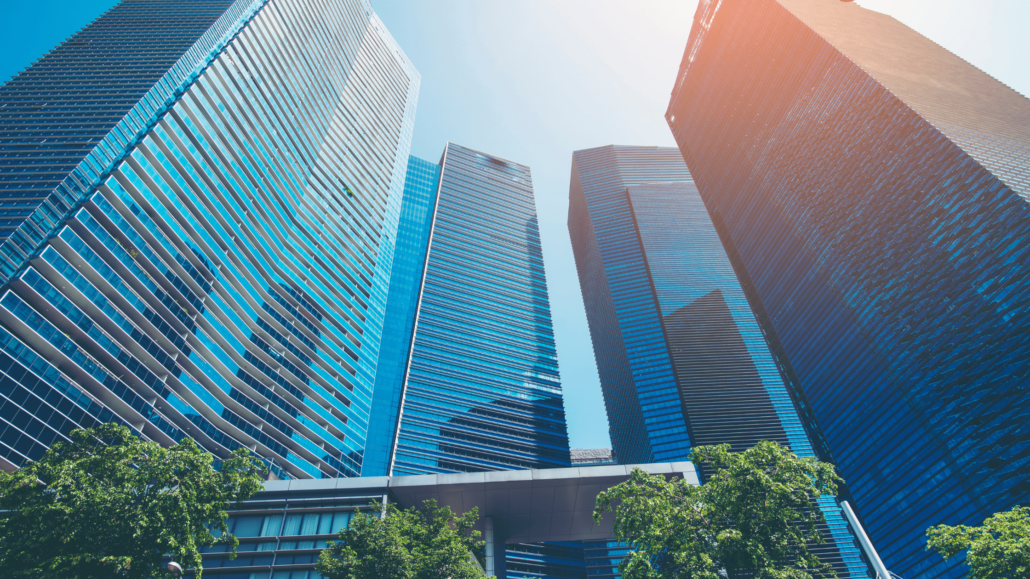The 179D Energy Efficient Commercial Building Deduction was developed to motivate new commercial construction projects to use energy-efficient building standards. It also incentivizes current commercial property owners to remodel their buildings to make them more energy-efficient.
However, there’s more to the deduction than simply switching out a few lightbulbs for LEDs. The deduction has specific standards around what must be done in order to get the 179d deduction and which people involved in the project can qualify.
What Is the 179D Energy Efficient Commercial Building Deduction?
The 179D Energy Efficient Commercial Building Deduction came out of the Energy Policy Act of 2005 and went into effect on January 1, 2006. The Act was a direct response to the energy crisis, as buildings, particularly commercial buildings, make up a large part of the U.S.’s energy consumption.
The deduction comprises a strict set of rules designed to help reduce the energy consumption in those commercial buildings. Businesses are required to make a certain number of specific changes in order to qualify for the deduction. Buildings can get a deduction of up to $1.80 per square foot, based on their amount of energy reductions.
How to Qualify for the 179D Energy Efficient Commercial Building Deduction
To qualify for the deduction, buildings must use energy-efficient building methods, materials and systems during construction or remodeling. Modifications must be made to the building’s heating and cooling system, interior lighting, ventilation, hot water heating or insulation.
All installations and modifications must reduce the building’s total energy costs by 50% when compared to a reference building. If a building doesn’t meet the 50% reduction to get $1.80 per square foot, a reduced deduction of $1.20 or $0.60 square feet is possible. In some cases, cost reductions of as little as 10% can still result in substantial tax savings.
Who Qualifies for the 179D Energy Efficient Commercial Building Deduction?
In order for a building to qualify for the 179D Energy Efficient Commercial Building Deduction, it must have either been built after January 1, 2006, or started its modifications after that date.
The building must be used for commercial, industrial, organizational or government purposes. Apartment buildings may qualify as long as they’re over four stories. Buildings constructed prior to 2016 must adhere to the ASHRAE (American Society of Heating, Refrigerating and Air-Conditioning Engineers) standards for 2001, while buildings constructed after 2016 must adhere to the 2007 standards.
Some of the qualifying energy-efficient materials include LED lighting and sensor technology. To save on HVAC energy costs, buildings can install energy-efficient units, use automatic thermostats and employ evaporative cooling systems. Businesses can upgrade to energy-efficient windows and use high-quality insulation.
Claiming the Deduction
To claim the deduction, buildings must first meet all of the qualifications listed above. If a building was built or remodeled to these standards but deductions weren’t claimed, then it’s possible for the deductions to accrue. Owners may still be able to receive those deductions for up to two years back and buildings may also be eligible for up to 20 years in the future.
Building owners must also be able to prove that they’ve met all of the standards. An independent party must be used to verify the legitimacy of the deduction. The inspector must be qualified and must use IRS-approved software to conduct the verification.
179D Deduction Special Rule
Government buildings create a special case because they don’t pay taxes and thus can’t file a deduction. Since government buildings can’t qualify for these deductions, the 179D Deduction allows for the deduction to be made by another party. Architects, contractors and engineers may be eligible for the deduction.
The deduction will usually go to the person or group who played the largest part in designing the energy-efficient parts of the building, however at the owner’s discretion, they may allocate the deduction among several designers.
They’ll need to take an extra step to get qualified. The government building will need to prepare a document that allows them to transfer their benefit to the designer.
Parting Thoughts
The 179D Energy Efficient Commercial Building Deduction rewards businesses for making wise choices when it comes to construction and remodeling. Not only can these businesses get a tax deduction, but they’ll also save money on their own energy costs.
If you have questions about how to take advantage of these deductions or how to report 179d deductions on your tax returns, please call us at 916-299-6800 or fill out the form below.


